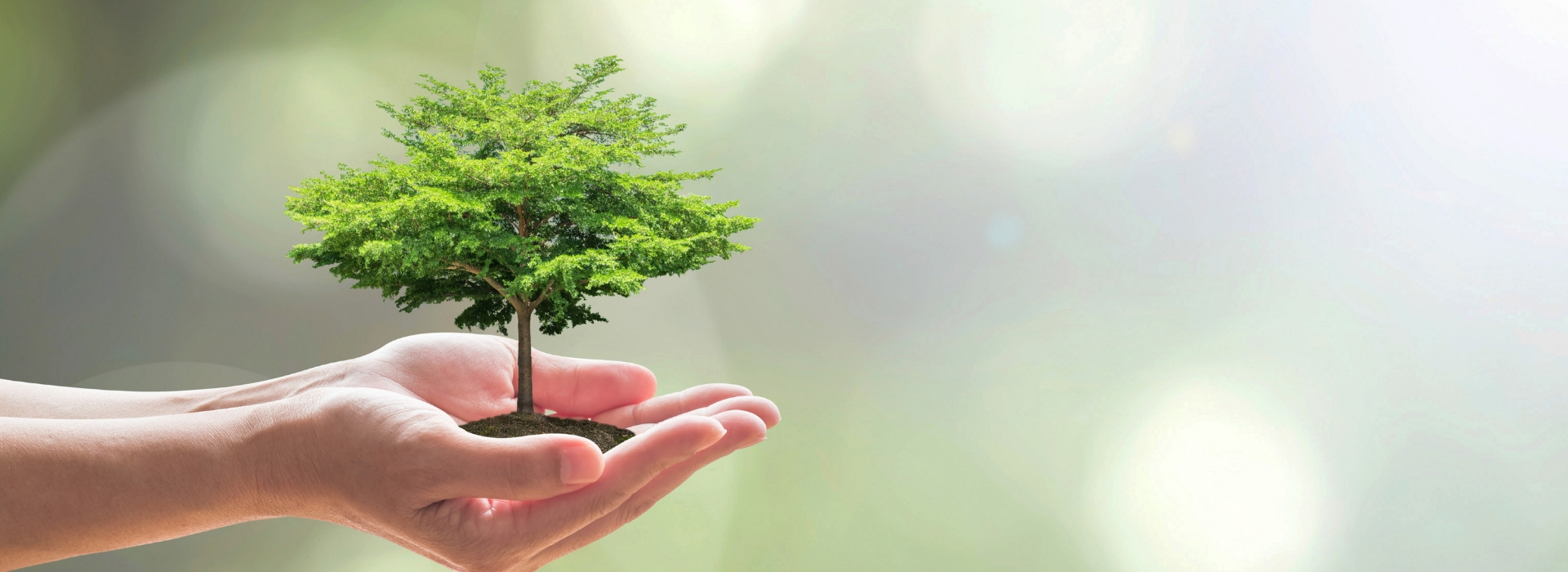
Arbor Day in the Time of Covid-19
The seed for the idea of Arbor Day was sown by newspaper editor J. Sterling Morton and grew to fruition in the 1870s. He and his wife moved from Detroit to Nebraska and were immediately taken by the striking differences between a city with trees and the open Midwest plains.
While the aesthetic benefits were undoubtedly part of the consideration for his tree planting campaign there were the practical needs trees filled on the open prairie - windbreaks, cooling, reducing soil erosion, providing: lumber, food and fuel. We assume that the other benefits to the environment we now know were perhaps less well known – providing oxygen, reducing carbon and air pollution, mitigating soil contaminants, protecting waterways, influencing water tables, etc.

Mr. Morton couldn’t have known the profound influence his decision to hold the first Arbor Day in Nebraska on April 10, 1872 would have. It‘s estimated that one million trees were planted by school children and citizens that day! Wildly impressive. And we have him to thank for this national holiday that is now held on different dates throughout our country based upon when spring arrives. Arbor Day is Friday, April 24 in Illinois.
How farsighted was he? Now almost 150 years later the data continues to pour in. Some studies suggest that Americans spend up to 93% of our time indoors. By 2050 projections indicate that 2/3 of us will live in cities. Is this how we were meant to live- removed from the two most psychologically calming colors- green and blue? Isn’t it interesting that those two colors are provided without limits by trees and sky? Yes, outdoors. Why are Millennials, who are leading the population inflows to urban areas, also at the forefront of the explosive boom in houseplant sales? Could this simply be a subconscious response to a biological need for humans to be close to “green, growing things”? If you live in a three-flat or a high rise, how else do you get to personally touch growing things on a regular basis?
Each of us is has different needs so I’ll leave it to you to think about how much better you feel if you’re outside- in your own garden, in: a park, a local forest preserve, a national park, or other tree-blessed area. Many studies have been done and many more are in process to study the myriad benefits of getting our connectedness-to-nature in better balance.
The Japanese have a term for it – “shinrin-yoku” which literally means “forest bath”. One of the leading proponents of shinrin-yoku suggests that for city dwellers even ten hours a month walking slowly, purposely, mindfully absorbing the beauty of being immersed in nature will have dramatic effects, both mentally (stress, anxiety and depression reduction), and physically, too. Again, studies suggest that being surrounded by trees, being physically present in nature can: boost immune systems, lower blood pressure and cortisol levels, and even improve concentration and memory. Sign me up for all those pharmaceutical-free benefits, please.
Those that are fortunate enough to own land, to physically have gardens, to have landscapes to plant trees in should perhaps think about honoring Mr. Morton’s declared holiday. In this unsettled, world-turned-upside-down time of the virus should we think of some proactive thing like tree planting we can personally do to fight the deterioration of our physical world?
Shinrin-yoku encourages a very slow, purposely mindful absorption of all the components of our natural world. Engagement of all 5 senses is paramount to the experience. Consider strolling rather than racing through your garden. You deserve to slow down and drink in the bubblegum pink April blooms of a ‘Kwanzan’ flowering cherry (that certainly seems appropriate for shinrin-yoku), or the rose-red flowers of ‘Indian Summer’ crabapple. Those rose-red flowers mature to bright red fruit that will persist through the fall and even give winter interest!
Birds dominate (quite wonderfully, I might add) the sound part of garden immersion. Sound can also be as simple as listening to the wind moving the golden-yellow stems of a weeping willow, the sight of which is pretty calming, too. And for those with adequate space and standing water problems the willow could be just the solution. Touching the paper-thin, peeling cinnamon bark of a River birch or running your hands up and down the smooth, elephant-hide like trunks of a ‘Jane’ Magnolia (reddish-purple, goblet-sized flowers with white insides) is a very tactile experience. Who cares if the neighbors see you having a private moment with Nature? Taste? There’s nothing like a handful of sweet, fully ripe Serviceberry fruit to smack your lips over. But you do have to outfox the robins. They love ‘em too, and will always try to claim first dibs.

Arbor Day is Friday, April 24th. Perhaps it’s time to take back the day, forget about the “situation” and do something proactive to step away from stress and literally feel god physically while improving your personal piece of the world. Plant that tree!

Tony Fulmer
Chief Horticulture Officer
Share
